Breaking News




Popular News
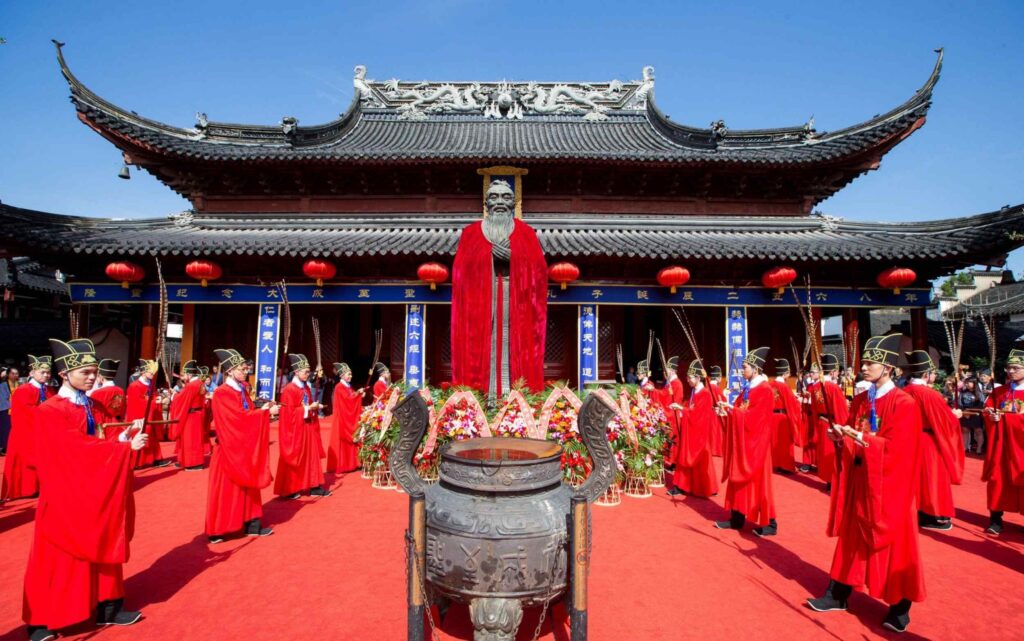










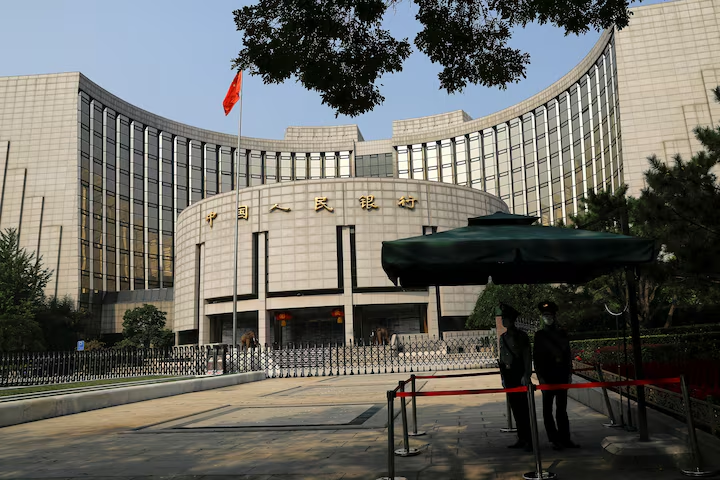
China keeps its benchmark lending rate at 3.00% and 3.50% in September 2025 despite the Fed rate cuts, maintaining economic stability.
The People’s Bank of China (PBOC) is expected to leave the China benchmark lending rate unchanged in September 2025. The one-year LPR will remain at 3.00%, while the five-year LPR will stay at 3.50%. This decision reflects the central bank’s cautious approach amid global economic uncertainty and slowing domestic demand. Unlike the U.S. Federal Reserve, which recently cut its rates, the PBOC follows a gradual strategy to maintain financial stability and strengthen investor confidence in the yuan.
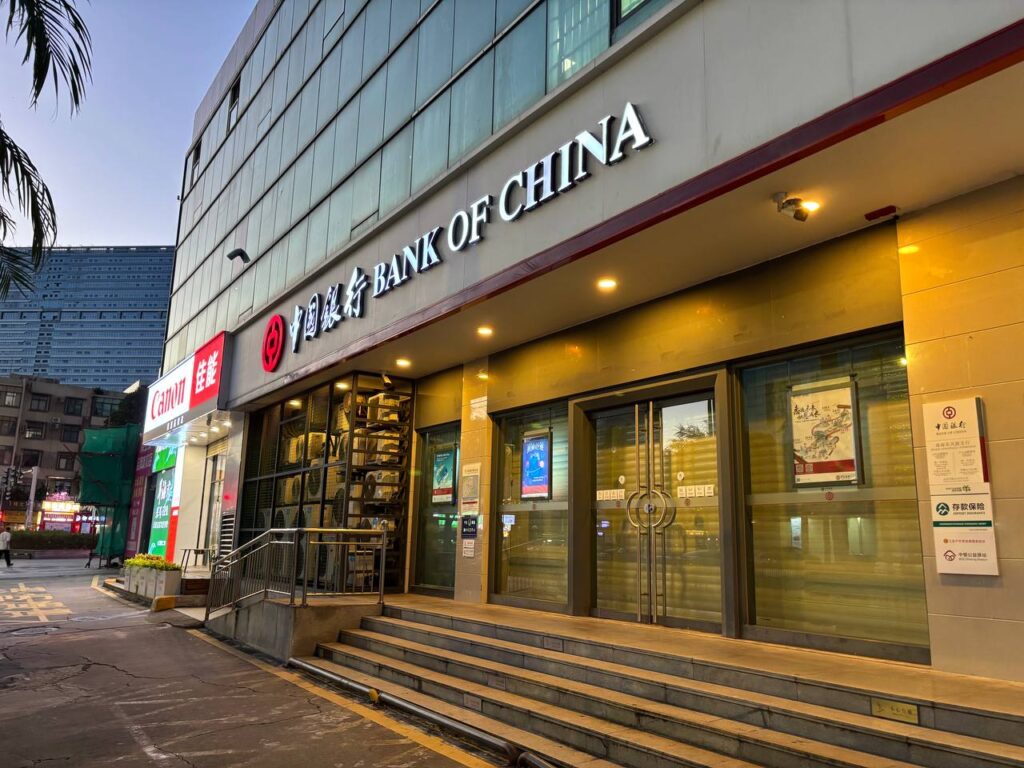
One-year LPR: 3.00%
Five-year LPR: 3.50%
These rates serve as a benchmark for most loans in China. The one-year rate affects short-term loans and consumer credit, while the five-year rate influences mortgages and long-term investment projects. In May 2025, the PBOC cut both rates by 10 basis points to stimulate lending. However, slowing industrial production and weak domestic demand in recent months require a cautious policy approach.
According to the National Bureau of Statistics of China, industrial production grew only 0.3% year-on-year in August, retail sales increased by 2.2%, and new private sector loans fell by 15%. These figures indicate a slowdown in economic activity, prompting the PBOC to act prudently.

The PBOC maintains stability in benchmark rates to ensure financial resilience and control inflation risks. The seven-day reverse repo rate remains at 1.40%, providing liquidity to banks without excessive economic stimulus.
Experts note that China avoids abrupt rate changes to prevent speculative borrowing and stabilize the currency market. The country’s debt-to-GDP ratio exceeds 280%, reinforcing the need for a measured policy.
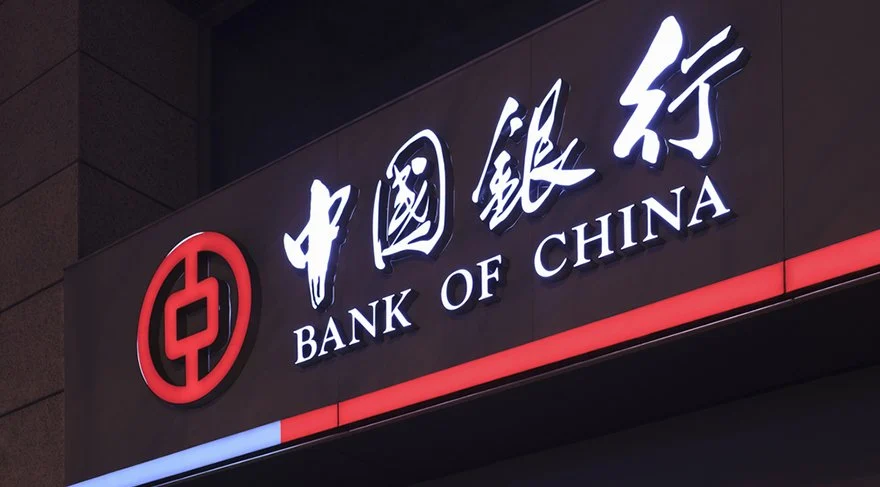
If the economic situation deteriorates, the PBOC may consider the following actions:
However, analysts from Barclays and Morgan Stanley emphasize that no drastic measures are expected in the short term, to avoid yuan depreciation and capital outflows.
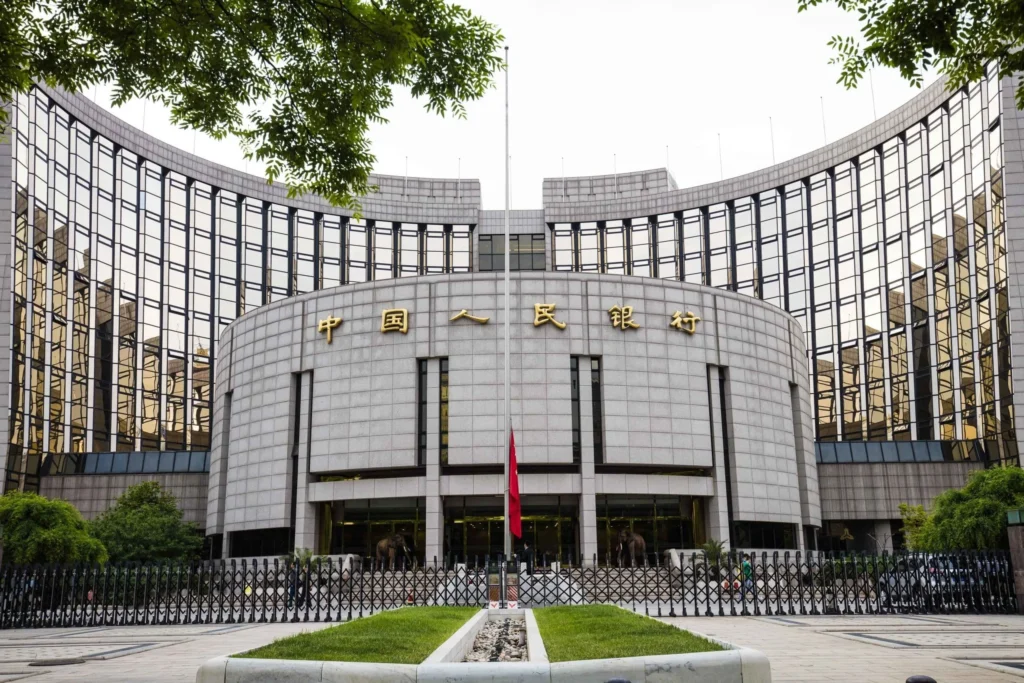
Economists suggest that weak data in July and August may prompt the PBOC to adjust policies by the end of 2025. Larry Hu of Macquarie predicts that gradual rate adjustments and targeted credit support will remain the main tools for economic stimulus. The central bank’s key goal is to avoid market overheating while maintaining investor confidence.
LSI keywords: China monetary policy, China financial stability, LPR rates, lending in China, China economic activity, People’s Bank of China, yuan, inflation, investments in China
1. What is the LPR rate?
The LPR (Loan Prime Rate) is a benchmark for loans in China. Banks lend to their most creditworthy clients based on this rate, which influences mortgages, corporate, and consumer loans.
2. Why doesn’t China cut rates despite the Fed’s actions?
The PBOC aims to maintain financial stability, control inflation, and strengthen the yuan, avoiding economic overheating and speculative lending.
3. How does a stable benchmark rate affect the economy?
Stable rates improve credit predictability, support long-term investment, and reinforce confidence in the financial system.
4. What measures could the PBOC take in the future?
If economic conditions worsen, the PBOC may reduce reserve requirements, support SME lending, and direct investments toward infrastructure projects.
Maintaining the China benchmark lending rate reflects a measured and predictable monetary policy aimed at balancing economic stimulus with financial stability. While domestic demand growth is slowing, the PBOC’s cautious approach ensures that the lending market and the yuan remain resilient.